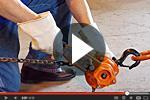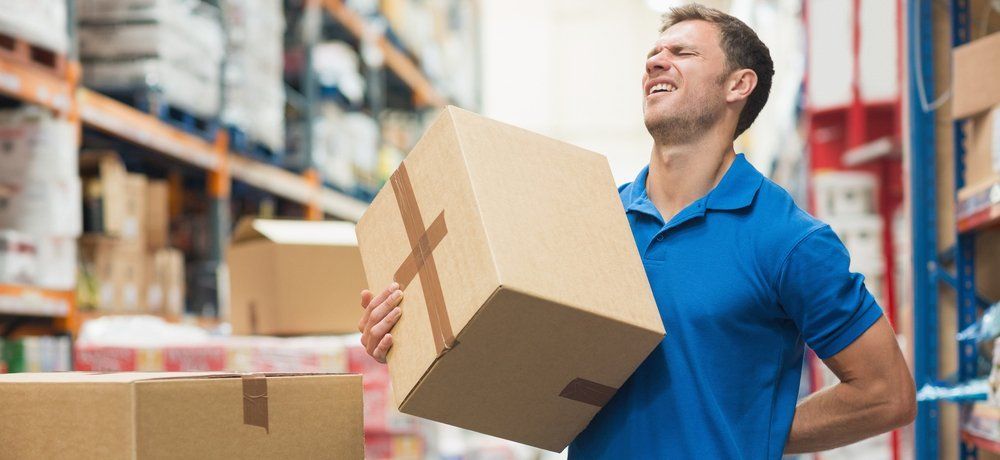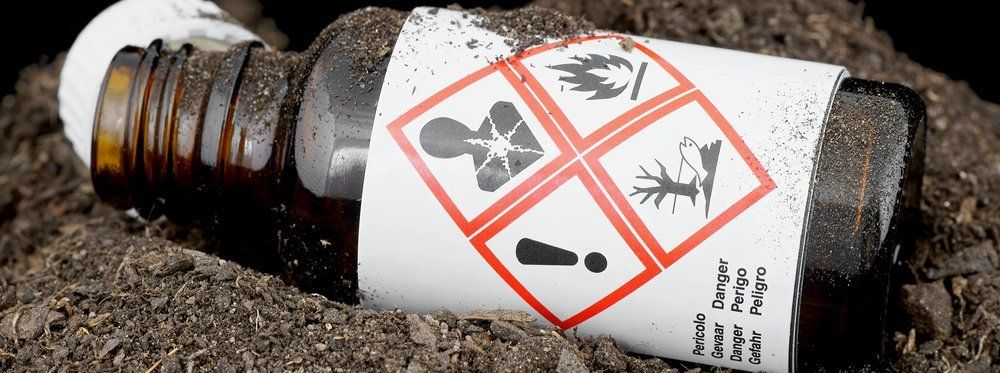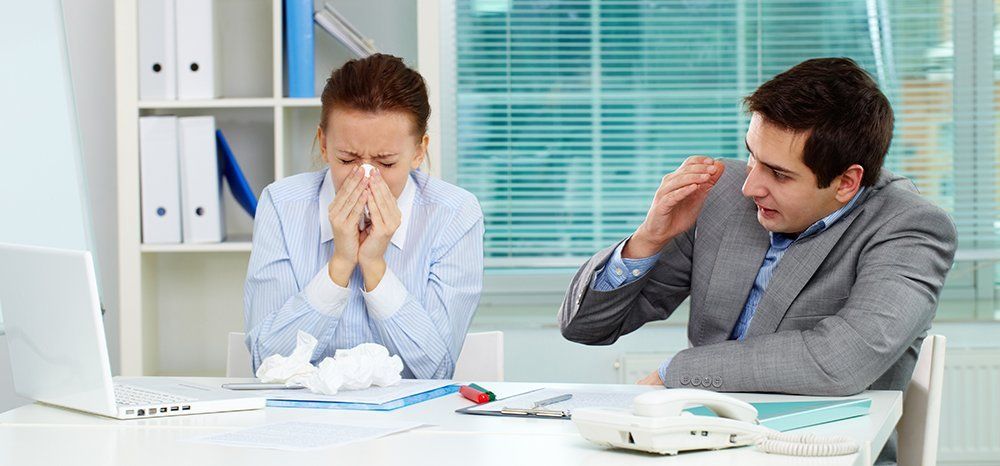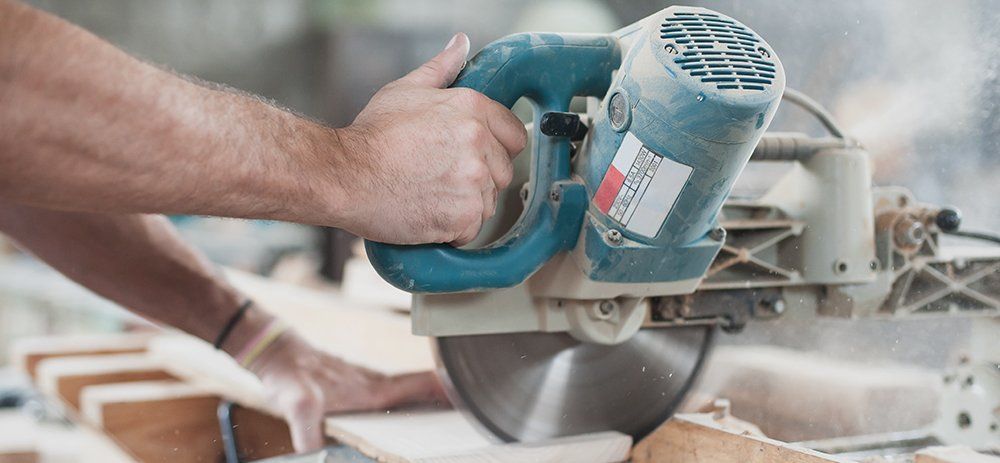Preventing “Falls from Elevations” in Your Workplace
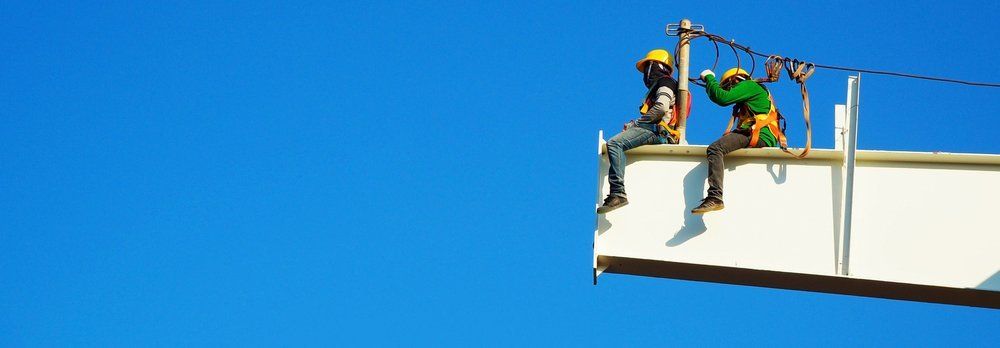
Do employees or contractors you hire perform work at elevations using ladders, scaffolds or lifts? Do they clean gutters, trim trees, perform minor roofing repairs, change lighting, paint at heights, etc.? If so, then the preventive measures taken can greatly reduce their chance of a fatal injury.
Background
Before discussing methods of preventing “falls from elevations,” let us put the issue into context with a focus on the revised 2011 workplace fatality data from The Bureau of Labor Statistics (BLS), which report that 4,609 workers were killed on the job.
- Fatal falls, slips, or trips took the lives of 666 workers in 2011, or about 14% of all fatal work injuries. Falls to “lower level” accounted for 541 of those fatalities.
- The height of the fall was reported in 451 of the 541 fatal falls from elevation. Of those 451 fatal cases:
- 115 occurred after a fall of 10 feet or less .
- 118 occurred from a fall of over 30 feet .
- 38 occurred after fall from collapsing structure or equipment.
- Fall through surface or existing opening (e.g., skylights, hatches, etc.) totaled 60.
In the state of Michigan during a five year period from 2006 to 2010, falls accounted for 22% of the more than 181 workplace fatalities investigated by MIOSHA. In construction, the number is even higher at 29% of fatalities investigated.
Additionally, within the last 3 years, MIOSHA and OSHA have reported that fall protection and scaffolding violations are the top 2 cited standards. Ladder violations range from #5 to #9 within the ranking of most cited violations. Both agencies continue to dedicate a greater degree of enforcement and training focus in these areas.
Real-Life Examples
Let’s look at some real-life examples of fatal falls:
- A 43-year-old Carpenter was working on a ladder that barely reached the roof edge. The base of the ladder slipped away in the ice and snow, causing the employee to fall 8 feet.
- A 33-year-old Laborer was working near the edge of a roof. When he pulled on an electrical cord to power a screw gun, he lost his balance and fell off the roof 28 feet to the ground below.
- A 56-year-old Laborer was climbing the corner suspension portion of a scaffold not designed for climbing and fell 8 feet to the ground. The appropriate access ladder was brought to the site the next day.
- A 31-year-old Service Technician was repairing telephone strand from a 28-foot portable ladder. The ladder hooks were not fully engaged on the wire terminal. He fell off the ladder to the ground.
- A 46-year-old Landscaping Employee stringing decorative lights climbed a tree to about 30 feet above the ground. The employee fell from the tree and died 18 days later from multiple injuries.
Preventing Falls
The following preventive practices, while not exhaustive, provide the fundamental basis for an effective program:
- Understand if the work being performed is considered construction or service, and which safety standards apply. See below the list of safety standards that will likely apply.
- Conduct a job hazard analysis (JHA) to determine the safest way to do the job and select the right tools and equipment.
- Conduct safety training.
- Use guardrail systems, safety net systems, personal fall arrest systems, or appropriate restraints when exposed to a fall hazard.
- Place guardrails around skylights and place solid covers on roof openings.
- Cover or guard floor holes or openings immediately.
- Survey existing structures to ensure surfaces are safe to walk on.
- Ensure ladders are appropriate and long enough to do the job. Secure ladders at the top whenever possible. Do not stand on the top two steps.
- Inspect equipment before use and do not use when damaged or defective.
- Follow safety rules and instructions.
- Look out for co-workers and tell them when you see something unsafe.
- Select qualified contractors and vendors that ensure their employees work safely.
MIOSHA Standards That Apply to Fall Prevention: www.michigan.gov/mioshastandards
Construction
- Part 6, Personal Protective Equipment
- Part 12, Scaffolds & Scaffold Platforms
- Part 21, Guarding of Walking & Working Surfaces
- Part 26 , Steel Erection
- Part 32, Aerial Work Platforms
- Part 45 , Fall Protection
General Industry
- Part 2, Floor & Wall Openings, Stairways & Skylights
- Part 5, Scaffolding
- Part 33, Personal Protective Equipment
- Part 53, Tree Trimming & Removal
- Part 58, Vehicle Mounted Elevating Platforms
